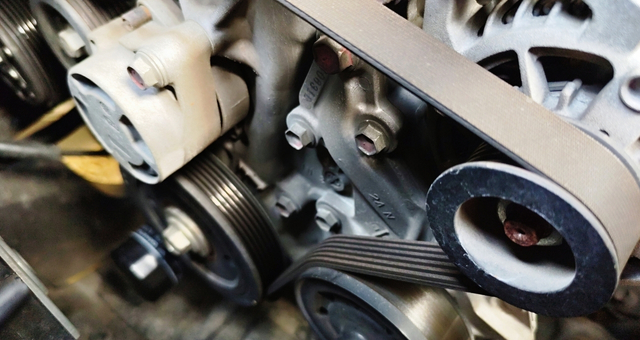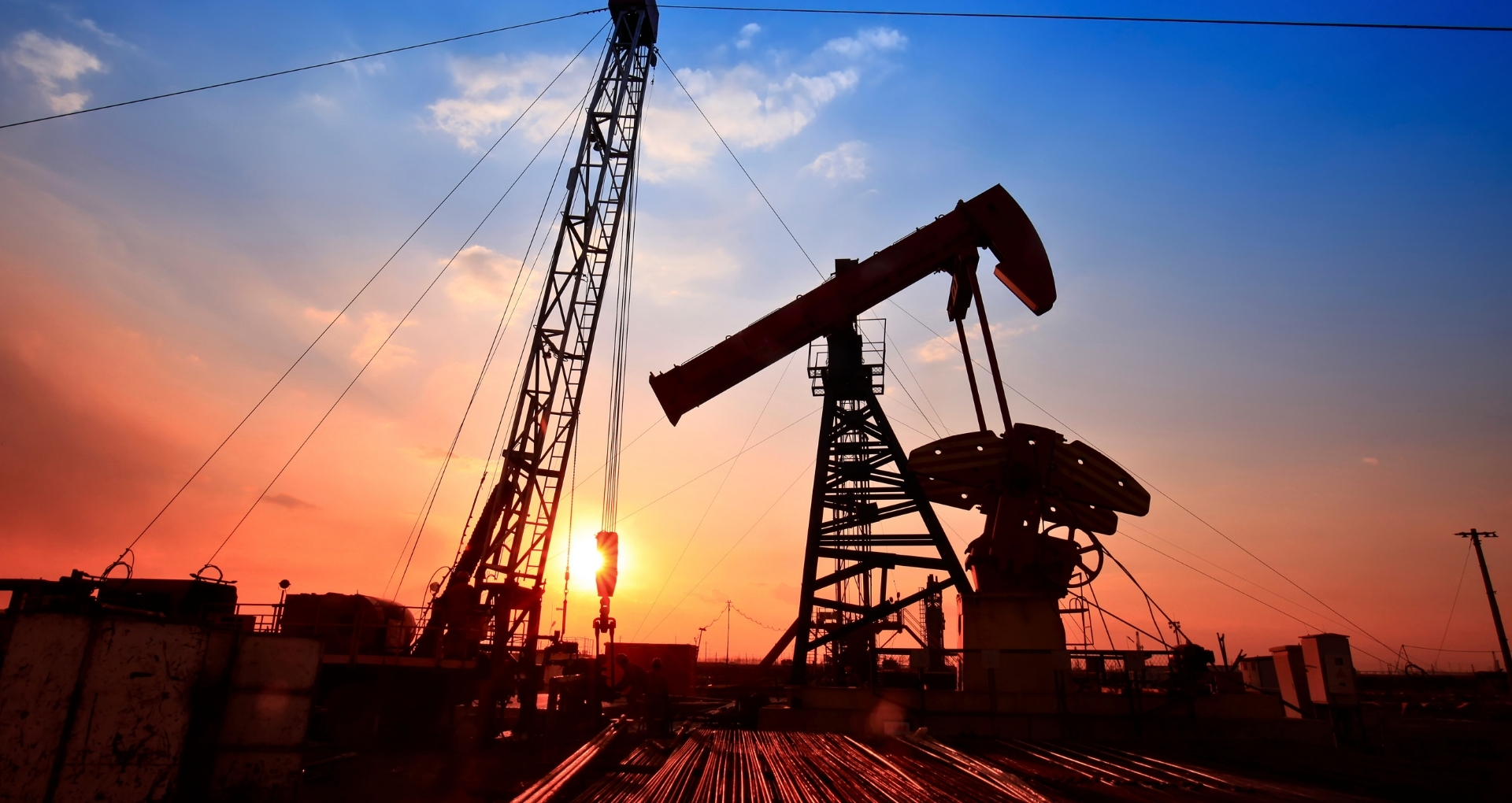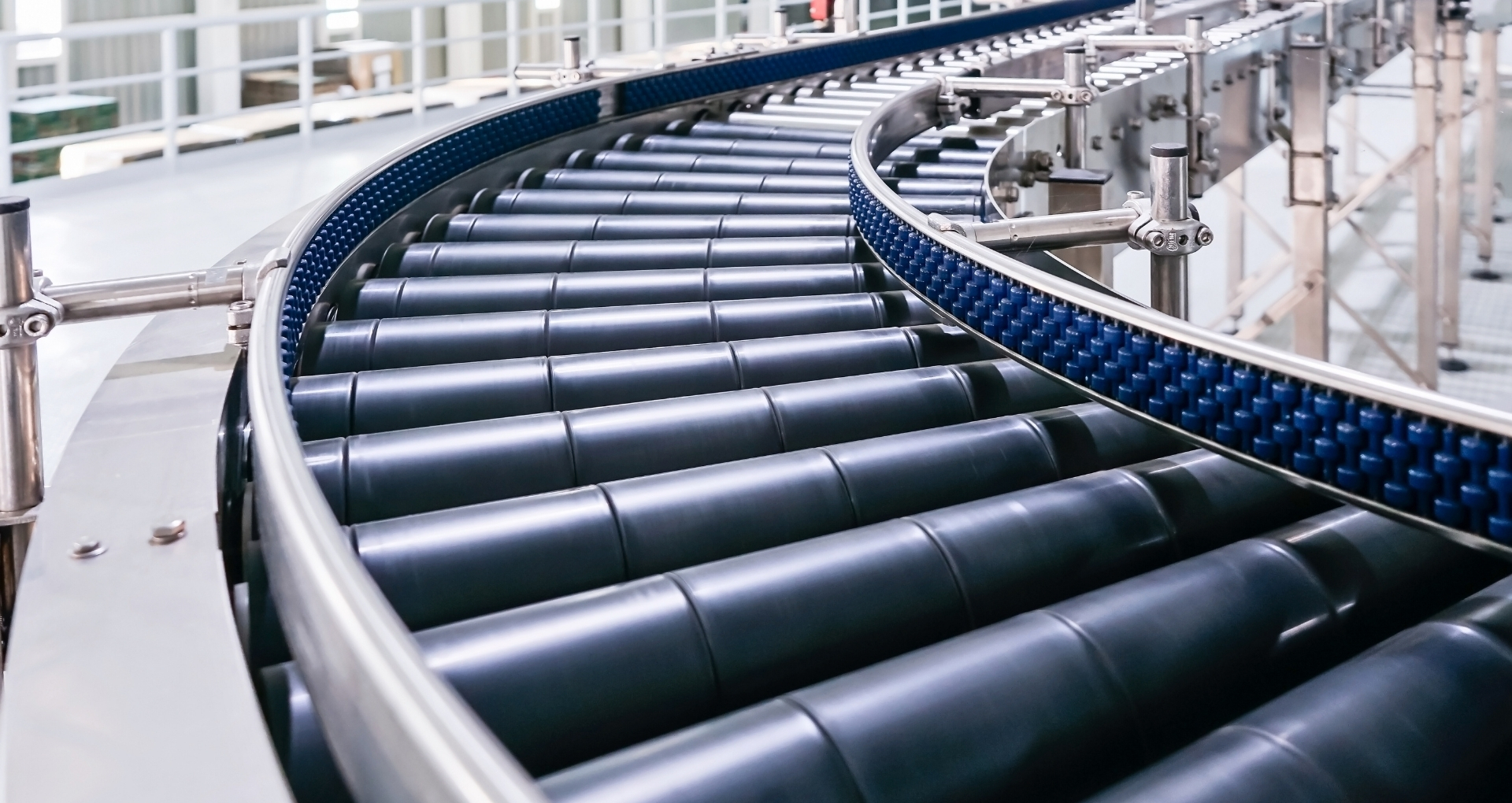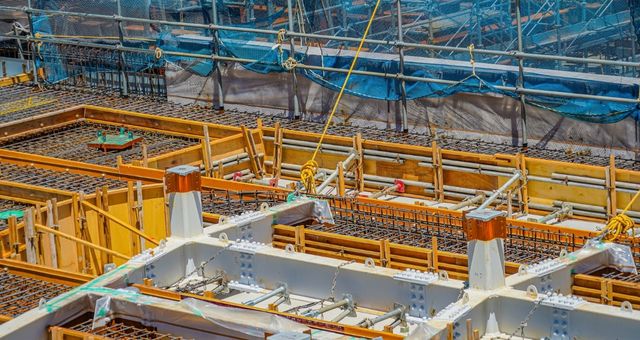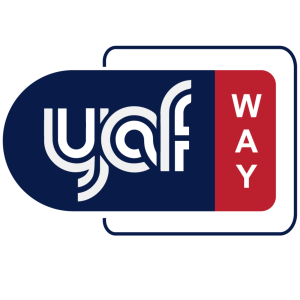
GFRC and GFRP—what’s the difference?
-
GFRC (Glass Fiber Reinforced Concrete): Cementitious matrix with AR glass fibers—great for cladding, panels, decorative elements.
-
GFRP (Glass Fiber Reinforced Plastic): Polymer resin matrix (polyester/epoxy) with glass fibers—lightweight, corrosion-resistant parts and covers.
When to choose GFRC
Architectural facades, sun-screens, precast panels, ornate features; prioritize fire resistance and acoustics.
Core materials: white Portland cement, high-purity silica sand, AR chopped strands, polymer admixtures, superplasticizers, pigments.
Mix & production tips: low w/c ratio, proper fiber dispersion, controlled curing for early strength.
When to choose GFRP
Corrosion-prone environments, utility covers, marine components, thin-wall complex geometries, rapid demolding, smooth finishes.
Core materials: glass fiber rovings/mats/chopped strands, polyester/epoxy resins, fillers (silica flour, CaCO₃, flame retardants), MEKP/hardeners.
Processing pointers: match resin to temperature/chemicals, control catalyst ratios, post-cure when specified.
QA & certification
Maintain batch traceability and TDS. Perform pull-off/flexural tests as per spec. Verify fiber volume fraction and laminate thickness.
Sustainability angles
Lighter structures reduce material and transport energy; durability extends service life and lowers replacement emissions.
Logistics in the GCC
Plan temperature-controlled storage for resins and moisture control for cement/sand. Package to prevent fiber contamination and resin leaks; schedule deliveries to site windows.
How YAFWAY supports
Certified, batch-tested materials with technical guidance; bulk and custom-batch supply; export documentation; reliable delivery; application advice for mix design and troubleshooting.
CTA: Sourcing GFRC/GFRP raw materials? Email info@yafway.com to speak with YAFWAY’s Chemical Division.

